How does one weave technology into Kindergarten learning? Certainly there are ways for the teacher to use technology in preparing lessons for students, sharing media with students, and reporting student learning to parents, but how do teachers put the technology into the hands of four and five year olds for the purpose of enhancing their learning? One way might be through inquiry-based learning. The authors of the paper, Information and Digital Literacies in a Kindergarten Classroom: An I-LEARN Case Study (Tecce DeCarlo, Grant, Lee, & Neuman, 2018), sought to validate the I-LEARN model for guiding young learners’ inquiry-based projects.
The authors of the paper appear to be connected through Drexel University in Pennsylvania, U.S.A. Mary Jean Tecce DeCarlo is an Associate Clinical Professor in the School of Education at Drexel University. Her research interests are listed as early literacy development, digital and information literacy, learning differences, knowledge construction, and urban education. Allen Grant, formerly an Associate Clinical Professor at Drexel University, is now Dean of the School of Education at State University of New York Potsdam, in New York. His research interests are listed as emerging technologies, urban school reform, leadership development, and virtual schooling. Vera J. Lee is also an Associate Clinical Professor at Drexel University. Her research interests are listed as family literacy in urban communities, sociocultural perspectives of literacies, language and literacy development of multilingual parents and children, and community partnerships. Finally, Delia Neuman is a Professor Emerita from the College of Computing and Informatics at Drexel University. Her research interests are listed as learning in information-rich environments, instructional systems design, the use of media for learning, and school library media.
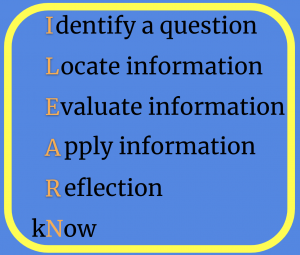
T. Westwood (2019)
It is important to note that the authors declared no conflict of interest in the production of this research, even though the I-LEARN model was created by Dr. Neuman (2008). The I-LEARN model consists of six steps designed to guide students through the research process: Identify a question, Locate information, Evaluate information, Apply information, Reflection, and kNow.
The case study discussed in the paper is a report on the results of one kindergarten class out of four kindergarten classes that were part of a larger research project. The authors believed that this particular class of 24 students “yielded the richest findings” because the teacher, Ms. C, applied a “developmentally appropriate approach” (Tecce DeCarlo et al., 2018, p. 265). The paper outlined how each step was executed with the teacher identifying how to best model and structure each step based on her own expertise developed over five years of teaching kindergarten. The last step, kNow, was not discussed in the paper other than to list it as a step and explain it as “instantiating the knowledge gained so it can be used in the future” (p. 266). The four teachers involved in the larger study developed the assessment rubric and did not include kNow; they only proposed to assess the first five steps. The researchers concluded that young children, even in low-income public schools, can identify inquiry topics, locate sources, and participate actively in the digital world.
There are many models for designing inquiry projects for both adults and children. Most of them include the same steps as Neuman’s model in some form. Neuman’s model is a linear model. Others describe inquiry steps as a cycle or spiral where a student may continue into a new question or reflection may cause the student to go back a step or two. MacKenzie and Bathurst-Hunt list “Ten Phases of the Inquiry Cycle” (2018, p. 24). The model itself is not what drew me to this paper.
What drew me to this paper was the notion of exploring digital literacy with Kindergarten children. The authors repeatedly emphasized the role of the teacher, Ms. C, in making the project a success. “Ms. C’s developmentally appropriate approach to the I-LEARN project…was exemplary, and this paper focuses on the strategies and techniques she adopted as well as the results of her students’ work” (p. 265). “Analysis of the data indicated that Ms. C had developed her own highly effective approach to the assignment and adjusted her implementation of I-LEARN’s stages to meet her students’ particular needs” (p. 270). I would argue that in the end, it seemed to have little to do with the actual I-LEARN model and entirely to do with the scaffolding and support provided by the adults that were present in each of the steps.
The descriptions of what Ms. C did to model and guide the students are necessary in order for the students to be successful. It is possible that the three, less successful, teachers either did not realize this or did not want to alter the instructions provided by the researchers. Mrs. C broke each step into smaller, more manageable pieces, and provided opportunities for discussion, examples and modelling. For example, before having the children choose there own sources, she discussed possible sources such as computers and family members, and then provided concrete examples of sources in the form of read-alouds and guest speakers. Then, she modelled how to fill in their draft sheets. These necessary sub-steps for applying the I-LEARN steps were not provided by the I-LEARN model.
Overall, the paper provided few answers and raised many questions for me. What was the level of engagement by students in the class? How was the class managed? Did all the children work on their projects at the same time? The paper mentioned that the teacher and two of the researchers were helping the children use the computers. How often did these computer sessions take place? Can a project such as this be managed by one teacher alone?
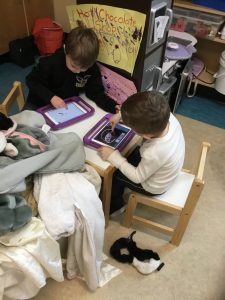
T Westwood (2019)
These questions about the paper are contributing to my own emerging research interest. It is often the case that the kindergarten teacher is the only adult in the room. It is sometimes possible to schedule the Learning Commons Teacher once a week, but there are no guarantees. How can a lone teacher build digital literacy in a kindergarten class? Is it done through inquiry projects that follow a model such as I-LEARN or the Ten Phases of the Inquiry Cycle offered by MacKenzie and Bathurst-Hunt (MacKenzie & Bathurst-Hunt, 2018, p. 24)? Would structured inquiry projects be more feasible in small groups while the rest of the class is doing different activities that require less guidance? Would it be better to break up digital literacy into its smaller components and address each in turn while introducing students to different applications? Tablets such as iPads are amazing tools in that they are fairly easy to use and offer a tactile component that young children enjoy. They are engaging all by themselves. Is it important for young learners to know how to use a computer or laptop at this stage?
Kindergarten is a very busy place. Some of these children are as young as four years old when they walk through the door. They have come to school to play. They are at school to develop social skills and test new relationships. They are there to experiment and take risks. Many are just beginning to understand behavioural expectations and self-regulation. They are beginning to compare themselves to others and allow that to shape their behaviour. The children are active and noisy. In the classroom setting, they need to be guided and monitored in virtually everything they do. How does a kindergarten teacher fit digital literacy into this already full day? Those same children are also there to learn. They have great curiosity and have many interests of their own. Most are eager to learn to read, write, and do math. Project-based inquiry might be the answer.
References
MacKenzie, T., & Bathurst-Hunt, R. (2018). Inquiry Mindset (First). Elevate Books EDU.
Neuman, D. (2008). I-LEARN: A Model for Creating Knowledge in the Information Age. International Association of School Librarianship. Selected Papers from the … Annual Conference; Brantford, 1–10.
Tecce DeCarlo, M. J., Grant, A., Lee, V. J., & Neuman, D. (2018). Information and Digital Literacies in a Kindergarten Classroom: An I-LEARN Case Study. Early Childhood Education Journal, 46(3), 265–275. https://doi.org/10.1007/s10643-017-0857-7
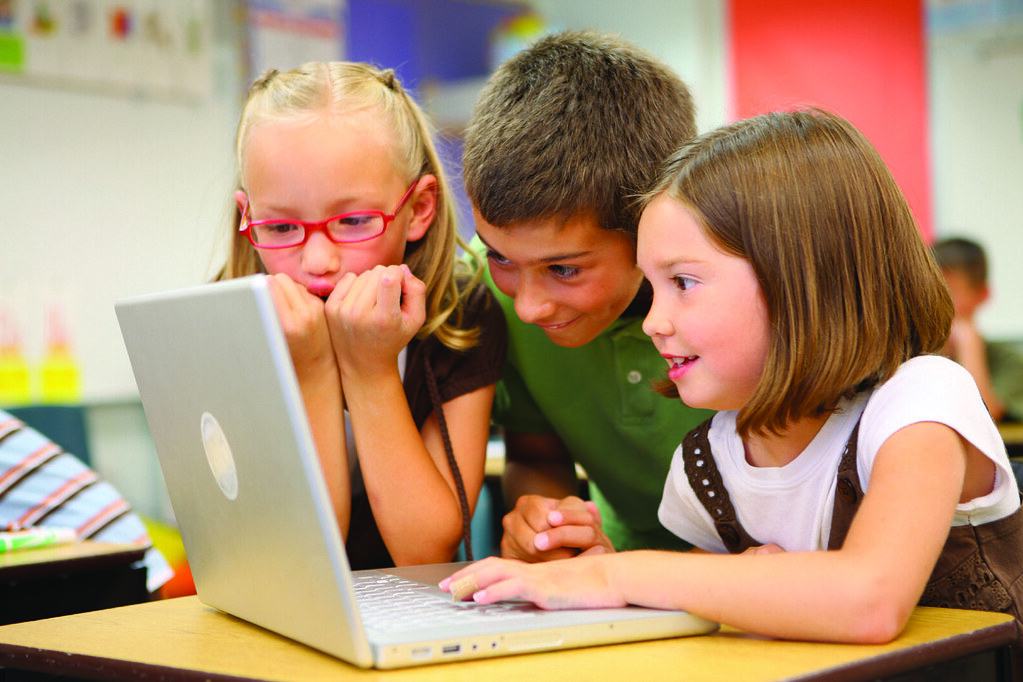
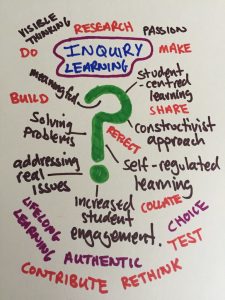
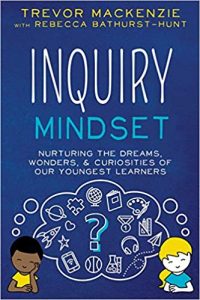
Recent Comments